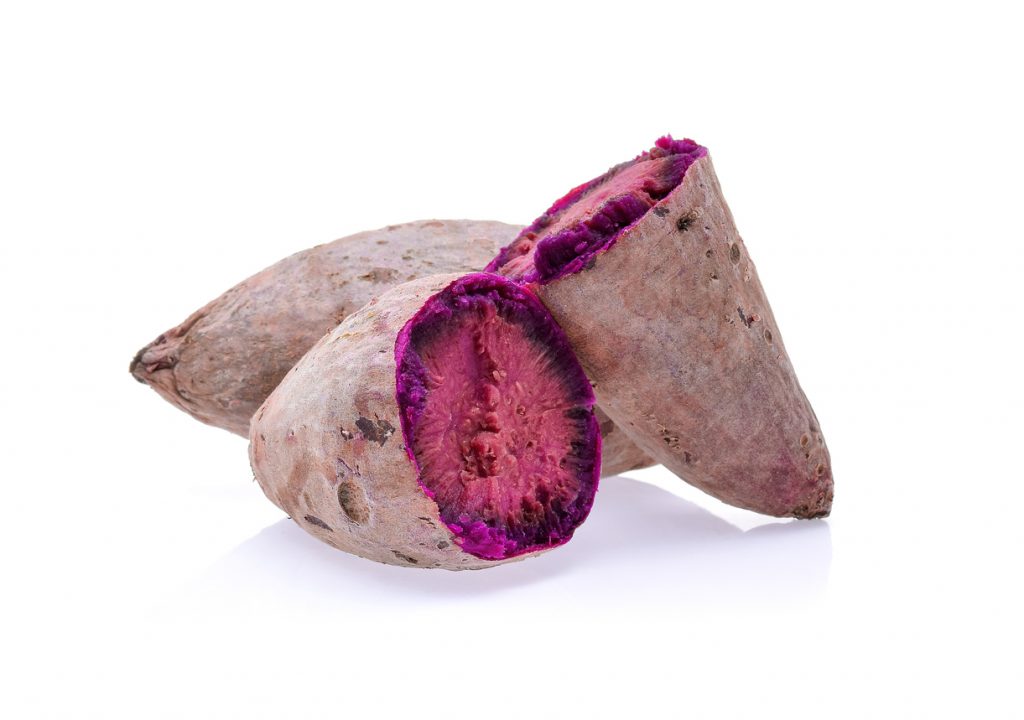
In the lush islands of Hawaii, a humble plant holds deep cultural significance—the taro (Colocasia esculenta). Renowned as a staple crop, taro has been an integral part of Hawaiian culture for centuries. Beyond its role as a dietary staple, taro holds spiritual significance and plays a crucial role in sustaining the island’s agricultural traditions. This article explores the cultural importance of taro in Hawaiian society, focusing on its historical roots, traditional cultivation practices, spiritual associations, and sustainable cultivation efforts.
Historical Roots of Taro in Hawaii
1.1 Migration and Introduction The history of taro in Hawaii dates back to the Polynesian voyagers who settled in the archipelago over a thousand years ago. These early settlers brought with them the knowledge and cultivation practices of taro, transforming it into a vital part of the Hawaiian way of life.
1.2 Traditional Cultivation Methods Hawaiians developed sophisticated systems for growing taro, creating intricate irrigation networks known as lo’i kalo. These terraced fields allowed for the efficient cultivation of taro, utilizing the natural flow of water from mountains to the lowlands. The careful tending of these lo’i showcased the Hawaiians’ deep connection to the land and their respect for the sustainable use of natural resources.
Nutritional and Dietary Importance
2.1 Staple Crop of Hawaiian Diet Taro plays a pivotal role in the traditional Hawaiian diet, providing essential nutrients and sustenance. The versatile root is transformed into poi, a staple food made by pounding and fermenting the cooked taro corms. Poi is not only a source of sustenance but also a symbol of Hawaiian identity and cultural continuity.
2.2 Health Benefits of Taro Taro is rich in complex carbohydrates, fiber, vitamins, and minerals, making it a highly nutritious food source. Its low glycemic index and high dietary fiber content contribute to improved digestion and blood sugar regulation. Additionally, taro leaves are packed with essential nutrients and are often used in traditional Hawaiian dishes.
Spiritual Significance
3.1 Taro in Hawaiian Mythology According to Hawaiian mythology, taro is deeply connected to the gods and the creation of life. Legend has it that taro is the elder brother of the Hawaiian people and holds a sacred place in the pantheon of Hawaiian deities. The plant’s spiritual significance is evident in various ceremonial practices and rituals.
3.2 Taro in Cultural Celebrations Taro is a prominent feature in traditional Hawaiian ceremonies and celebrations. From hula performances to spiritual gatherings, taro holds a central role, symbolizing abundance, fertility, and connection to the land. The preparation and sharing of poi during these festivities create a sense of community and reinforce cultural identity.
Sustainable Cultivation Efforts
4.1 Challenges to Taro Cultivation Modern challenges such as urbanization, invasive species, and climate change pose threats to taro cultivation in Hawaii. These challenges have prompted efforts to protect and revive traditional taro farming practices.
4.2 Revitalization of Taro Farming Organizations and individuals across Hawaii are actively involved in reviving and preserving the art of taro cultivation. They emphasize the importance of sustainable farming techniques, the preservation of traditional knowledge, and the transmission of taro cultivation skills to younger generations.
4.3 Community Involvement and Education Community-based initiatives and educational programs play a crucial role in raising awareness about the cultural importance of taro. These efforts not only promote sustainable farming but also foster a deeper appreciation for Hawaiian traditions and encourage local engagement in preserving the cultural heritage.
Taro, a plant deeply rooted in Hawaiian culture, encompasses sustenance, spirituality, and sustainability. Its historical significance, traditional cultivation methods, dietary importance, and spiritual associations highlight its central role in the lives of Hawaiians. Efforts to revitalize and protect taro cultivation ensure the preservation of a cultural heritage that spans generations. By honoring the cultural importance of taro, Hawaiians continue to forge a connection between past and present, nurturing a sustainable future for their island paradise.